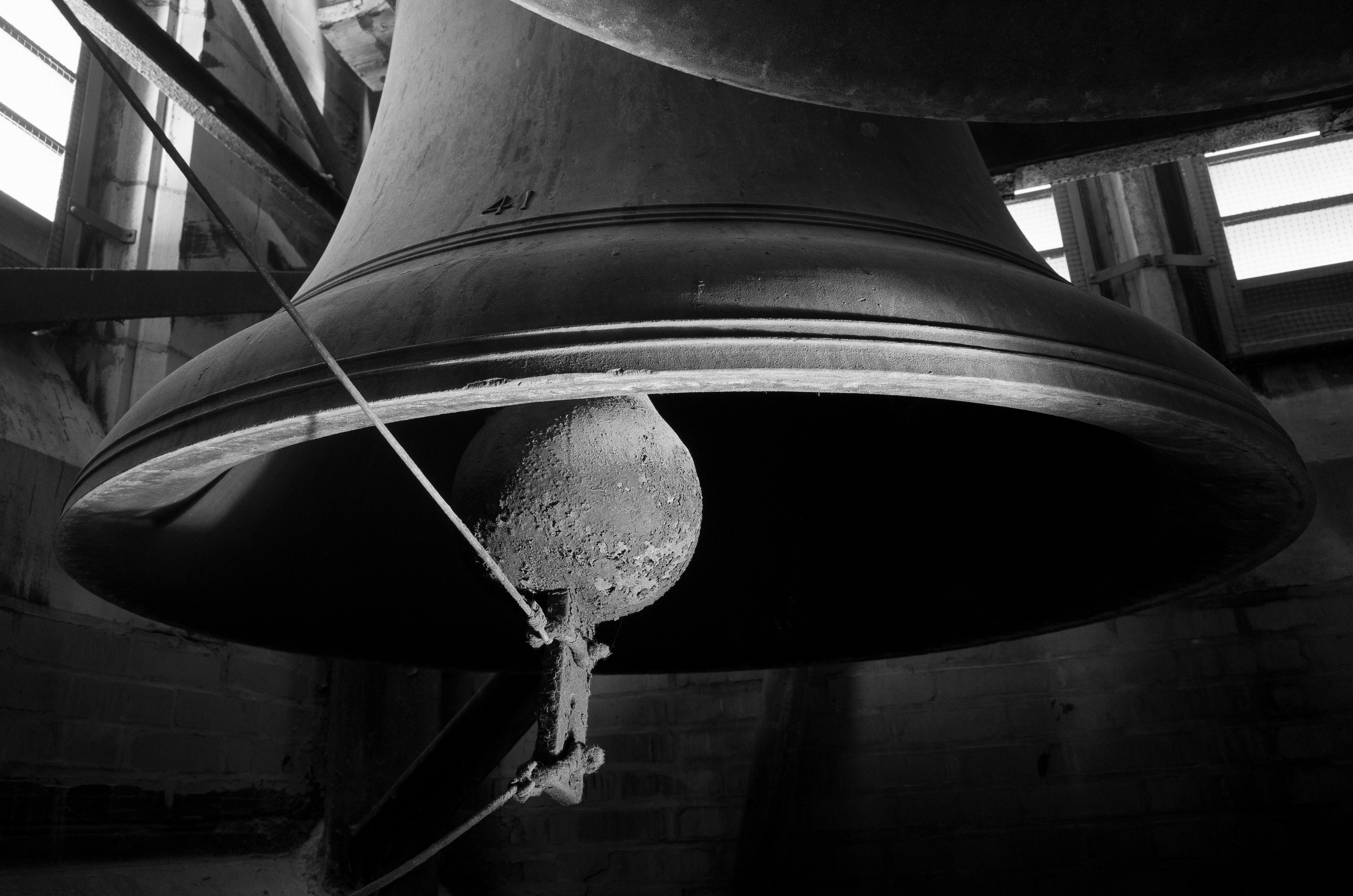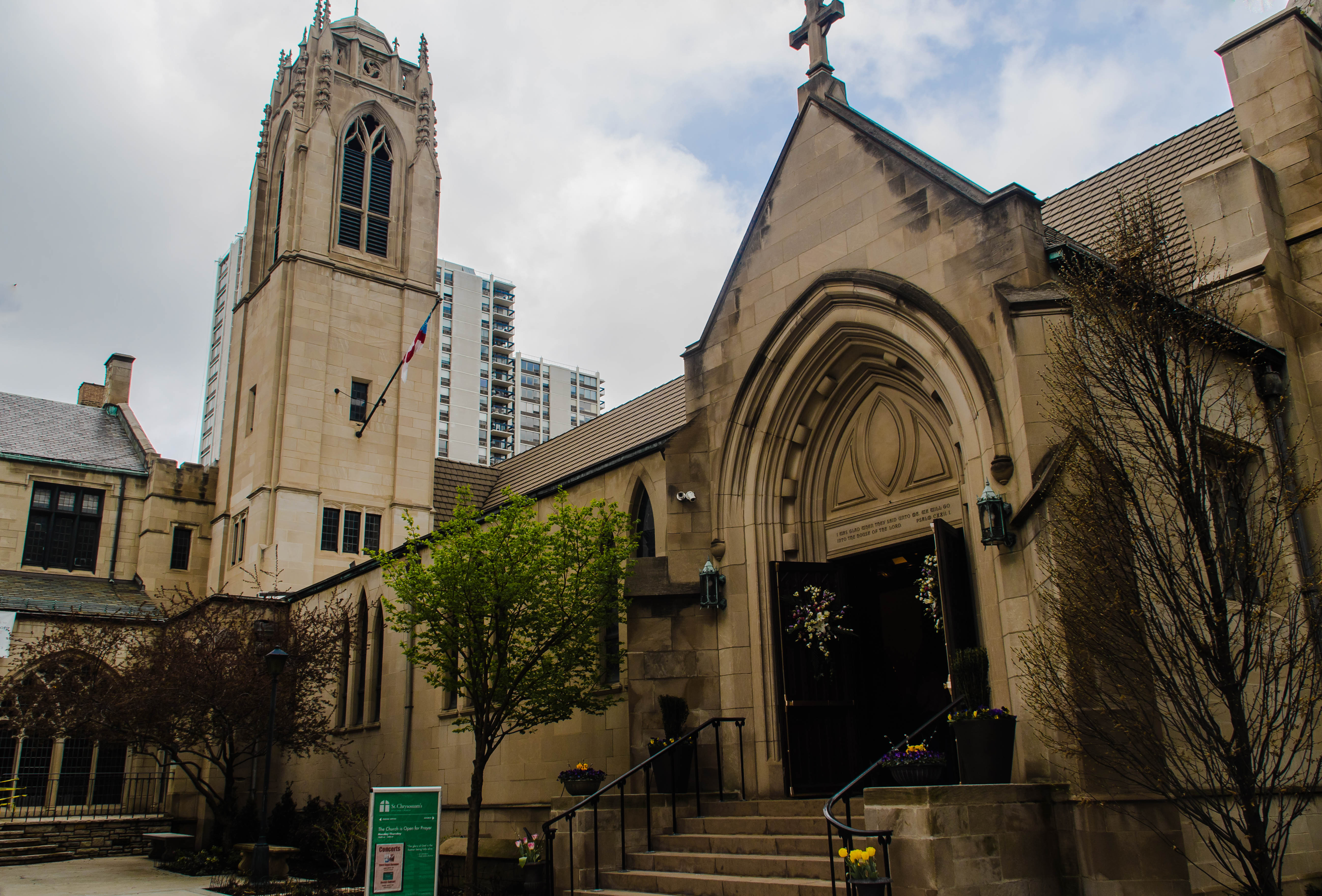Guest Post By Kim Schafer, founder and partner of Community Bell Advocates, LLC
 photo credit Christopher Chung
photo credit Christopher Chung
Introduction
Bells are not only hidden signalers inside distinctive architectural features—towers—but also the usual reason for the tower’s design. Our mission at Community Bell Advocates, LLC is to recognize bells as an integral element of tower architecture and a critical component in connecting listeners to their shared histories, values, and communities. Too many tower bells are in disrepair, neglected or forgotten altogether. We aim to revitalize these bells and encourage the installation of new ones through consultation, education, and performance.
Interest to Advocacy
My interest in tower bells began as an undergrad, when I first learned to play the carillon, a tower bell instrument. Later, I wrote my musicological dissertation on the role that architecture and music, including bell music, plays in creating a sense of place and nostalgia on American college campuses. After I graduated, performing on the carillon was not enough to dispel the nagging feeling that I could do more to promote bells. I set out to research what I could do. I began visiting local churches and institutions with bells. If I talked to enough bell stewards, I figured I could learn about their needs and concerns. Unfortunately, I learned that many don’t know much about their bells: the founders, dates, provenance, needed repair or maintenance, and their history. In many cases, neglect had resulted from ignorance. Institutional leaders needed to learn the importance of bells in the first place, namely, their potential in signaling, performing music, and communicating values, before investing scarce resources into them. I found some like-minded colleagues, and in autumn 2015 we formed Chicago Bell Advocates (later we changed our name) with the mission to make inactive and broken tower bells ring again.
Bells that Bind Together
Three main characteristics of North American tower bells help bind together the community within its aural reach. First, they function as sonic analogues to public art; they provide public music, or at least pleasing tones, for an incidental audience for free. Second, bell sounds function as soundmarks, to use the term coined by R. Murray Schafer, the progenitor of soundscape studies. The sounds provide information (the time) and aurally define a neighborhood and its boundaries, distinguishing it among others and providing a common touchstone for its residents. Lastly, bells connect listeners to their shared histories and values. Bells recall Christian values and also secular values of collaboration and promotion of the common welfare, since for centuries their sounds regulated sacred and secular life in Europe. In the United States, the Liberty Bell became a symbol of the abolitionist movement in the 19th century, and in the mid-20th century, Civil Rights leaders described bells ringing for liberty to depict the longed-for future.
 St. Chrysostom's Church, photo credit Alex Ballee
St. Chrysostom's Church, photo credit Alex Ballee
Our Projects
Over the past few years, we’ve had multiple clients in the Chicago region. One of our recent long-term projects is with the village of Niles, Illinois. The village features a half-size Leaning Tower of Pisa replica, complete with five bells. We determined that three bells came from a church in a small town near Milan, Italy. We have advised Niles on the bells’ rehanging and ringing options and on bids from multiple bell firms. We wrote the melodies that will be played on the bells, including their unique quarter-hour chime. And lastly, we are advising Niles on incorporating the bells into their existing civic life—into the village’s festivals, holidays, commemorations, and school curriculum.
In October 2018, we asked Open House Chicago participants with tower bells to play them and feature them in their educational materials. After all, tower bells are often the reason, albeit hidden, for the tower itself; the architect needs to consider both the aesthetics of the tower and the size and load requirements of the bell installation to determine the final design. A handful of churches participated, with positive results, and we hope to include more in future years.

photo credit: Community Bell Advocates, LLC
Looking Forward
We strive to continue reviving bells across the United States and overseeing new installations. When you encounter a tower with inactive bells and would like to revitalize them, please consider our services. Consider us when you are looking for a new kind of public art work that speaks to our past and present—a sonic installation of bells.
Kim Schafer is the founder and partner of Community Bell Advocates, LLC, www.communitybelladvocates.com.